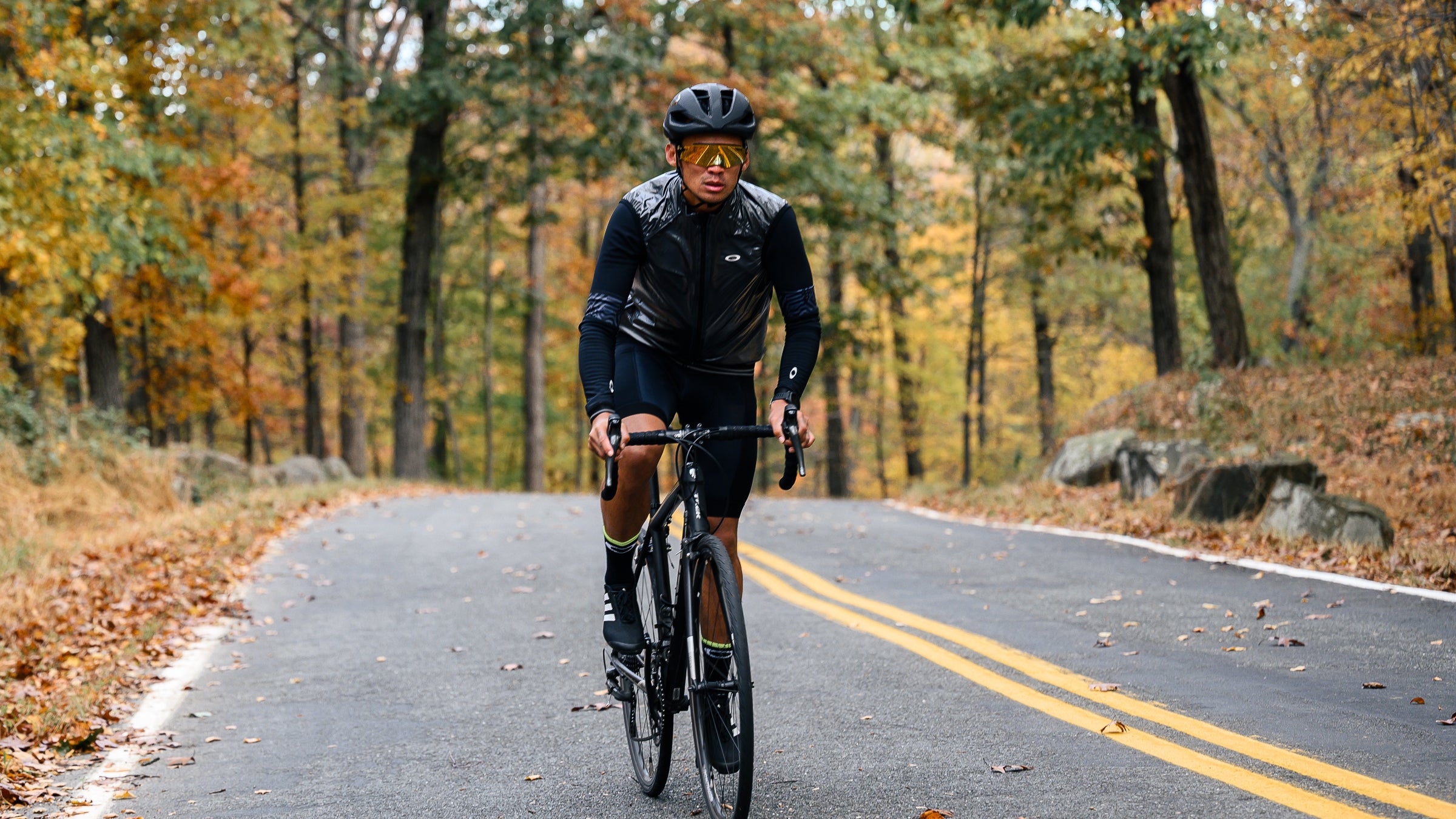Dear Coach: What’s the Importance of Warming Up and Cooling Down?

(Photo: Johnny Zhang)
You would never just get into your car and hit the accelerator within a few seconds, right? The same is true for your body – that’s why warm-ups are important. You need to move through the gears to prime the body to hit your session or race. The same is true for cooldowns – instead of abruptly stopping, a gradual cooldown period can help you physically and mentally transition into recovery mode.
We all know that it’s best to start workouts with a warm-up and end with a cooldown, but all too often athletes tend to skip one or both, especially if pushed for time. This can be a surefire recipe for disaster, leading you to underperform in key workouts as well as leave you at a much higher risk of injury.
Why you should warm up
A warm-up before a training session or race is essential for preparing your body for exercise. It allows you mentally to prepare your mind for the session, especially if you’re going to be working hard and asking a lot of yourself with some higher-intensity efforts.
Warming up will not only help you to perform better, but it will also protect your body from injury. A good warm-up increases the blood flow to your muscles and primes your energy systems. It also helps increase the range of motion to your joints and muscles, which should allow your muscles to feel less stressed and stiff when you start your main set, allowing everything to get activated. To start exercising hard without a gradual warm-up is asking your body to play catch up on these processes, which it simply can’t do, and instead, you end up in oxygen debt as your energy system needs more oxygen than your body can supply. This is one of the key reasons why I suggest my athletes use a power meter: it is a great way of controlling the build-up of a warm-up. Heart rate often lags behind.
On the bike, a good warm-up should consist of five to 10 minutes of easy spinning, and after that I always suggest working for one minute in each zone (zones 1-5). This really helps “open up” your body. After that, I typically prescribe a three-minute recovery period before hitting a flat-out sprint of 15 seconds in a high gear, followed by another three minutes of recovery. Next, I prescribe a low cadence sprint at maximal effort before a four-minute recovery block going into your main set. This helps stimulate a full range of activation through the energy systems and also helps you focus mentally on the workout ahead.
More warm-ups:
- A 5-Minute Plyometric Warm-Up to Unlock Your Running Power
- 15 Minutes + 7 Warm-Up Exercises = A Faster, Better Swim
- 6 Warm-Up Exercises to Banish IT Band Syndrome
- How to Warm-Up for a Treadmill Workout
- This Dynamic Dryland Swim Warm-Up Will Prep You to Fly
Why you need to cool down after a workout
Cooling down helps to gradually decrease your heart rate and get rid of the metabolic waste from your muscles. Studies show cooldowns can help promote faster recovery of the cardiovascular and respiratory systems, as well as prevent immune system suppression (the reason why you get so sick after a race or hard workout).
Mentally, cooling down also allows you some space to reflect on your performance and gives you some time to set you up for the rest of the day. Don’t underestimate the importance of this!
The duration of a cooldown should last around five to 10 minutes and, on the bike, I would recommend you do this at a higher cadence of around 90-100 RPM (revolutions per minute).
Then transition into recovery mode (for more on this, check out How Do I Know If My Recovery Sucks?). With the right cooldown and recovery, you’ll be ready to get after it again in no time!